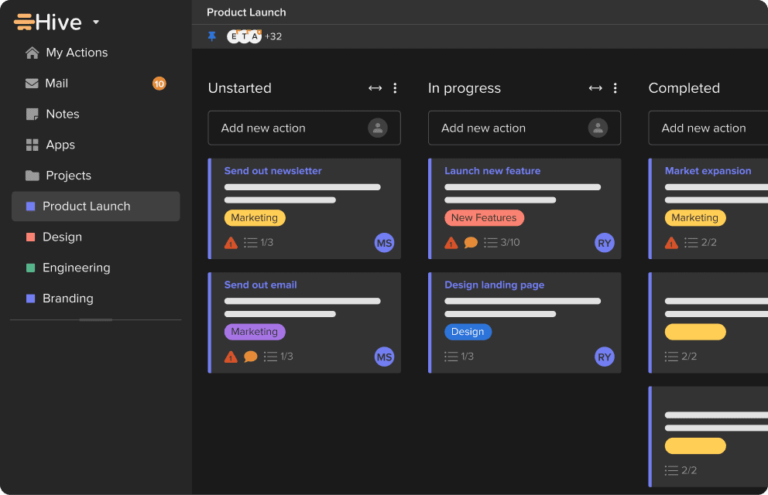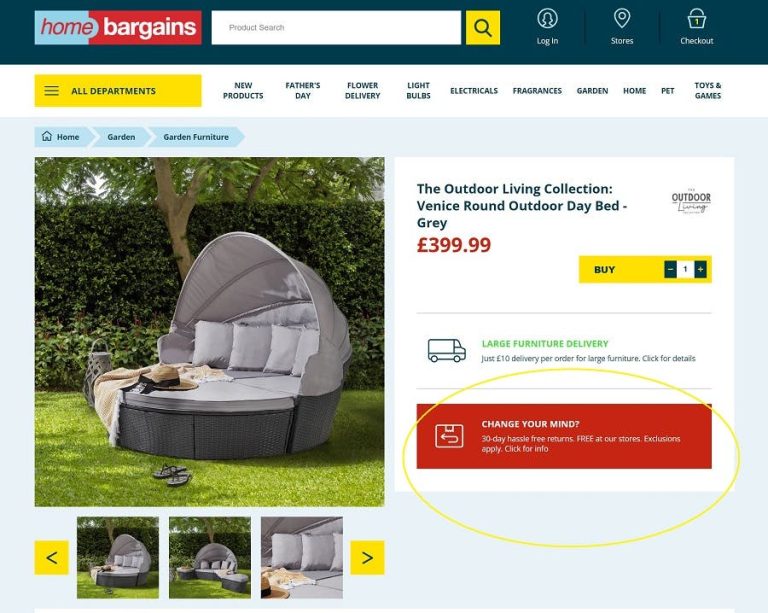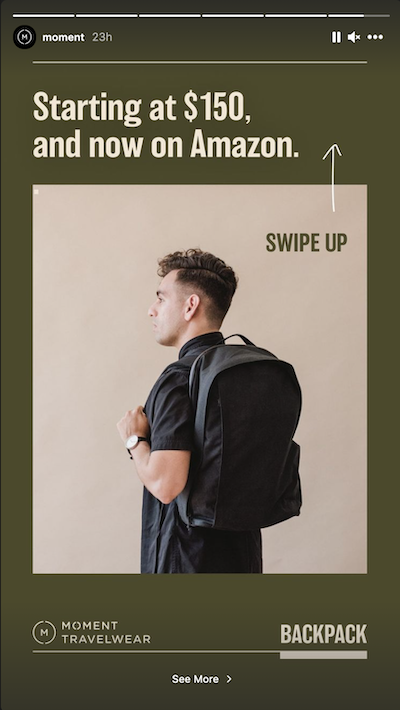August 1, 2019 –

Once we understand the questions being asked and the replies that are effective, we can use this information to form a basis of an a/b test on your website.
Or maybe you want to find out why users are bouncing from your landing page.
This increases the likelihood that these are shared by a much greater number of your users and by addressing them, will hopefully help to increase your conversion rate.
Well you do.
Before doing any type of conversion research, you need an objective. You need to be clear about exactly what you want to accomplish. Otherwise you will come away with insights which aren’t as actionable as they could be.
All of your customers hold huge insights into what matters to them the most and using customer surveys, we can find out what that is.
Quantitative Research = Numbers
Again, this is really straightforward to setup. You can also usually have insights back to you in less than an hour.
There are some huge insights that can be taken away from these two sources of data.
It’s a powerful research technique to gain huge insights into what website visitors actually want. As well as what they are expecting and anything that may be holding them back from converting.
- Customer Surveys
- Remote User Testing
- User Session Recordings
- Live Chat & Customer Service Message Analysis
- Web Surveys
It’s usually best to export all of the data into excel and begin to group similar questions together. It will then be much easier to see which questions are the most popular.
How To Get Started:
Imagine if you had a list of people that could tell you exactly why they decided to buy from you and what was most important to them whilst making the decision. Also, the ability to find anything that nearly caused them to leave without buying.
There are lots of platforms that offer remote user testing, here are a few of the most well known ones :
Maybe you might want to find out why users are abandoning your checkout.
Again, it’s best to have an idea of what parts of your website or users are you looking to gain insights into. But it’s not completely necessary, it will just be more actionable if it is.
Example Tasks
Here are some example questions :
These are the sorts of observations that you should be looking for :
1. Customer Surveys
Firstly, we can find out what the most popular questions users ask before completing a purchase.
All you need to do is create your list of customers that you are going to send the survey to and create an email which motivates users to complete it.
Finally, aim to collect around 200 responses in total but you should be able to have some takeaways with around 100 responses.
It’s very simple to install, with just the javascript requiring to be inserted onto your website and the popup needing to be created in whichever tool you decide to use.
During the Qualitative research stage of a CRO programme, a website may discover that a high percentage of users find it difficult to make a purchase whilst using their mobile device. Quantitative research can then be used to uncover any data which corresponds to that, i.e. a low conversion rate for mobile devices.
There are several providers like Hotjar that offer this as part of their package.
Fortunately, it’s relatively inexpensive to do and in some cases you can usually start collecting results in under 15 minutes.
As they complete the tasks, their screens are recorded to see exactly what they are doing. As well as this, the user will usually talk out loud whilst doing performing the tasks and explain any obstacles that they run into or their reason for doing something in a particular way.
Deciding when to pop the question also requires some thought. Aim to show the popup when a user shows above average engagement. You can do this in analytics by finding out the average time on site for non-bounce users.
Here are some providers of User Session Recordings :
- What has improved for you since buying our product or service?
- Why did you decide to buy with us?
- What hesitations did you have?
- Was there anything that nearly stopped you from buying from us?
- What competitor websites did you evaluate?
Ideally you will survey your most recent customers as it will be fresh in their memory. But if you are doing this for the first time, it’s OK to survey customers from the past couple of months. However, the response rate may not be great. If this is the case, then the survey could be supplemented with an incentive (i.e. coupon) to encourage more users to provide you with a response.
Always make sure that you are not capturing sensitive personally identifiable information in your digging, and are choosing to work with qualitative research vendors who are privacy compliant.
Once we have this data, we can start to understand how well our landing pages do at conveying this information to users when they arrive. We can also find out what nearly caused them to leave without converting.
Another aspect that can’t be stressed enough is visitor privacy. Just because businesses have the ability to watch over the shoulders of their website traffic does not mean the privilege should be treated lightly.
User testing is a way of finding out how users use your website. Before running a test, you will usually give users several tasks and ask them to complete them on your website.
2. Remote User Testing
Qualitative research is one of the most underutilised ways for companies to improve their conversion rates.
Google Forms or Typeform are great tools for collecting your responses.
Decide what you want to find out and get started.
This article is going to walk through 5 of the best ways to perform qualitative research and gain actionable insights that you can apply to your conversion rate optimization programme.
- The typical user journey to perform certain asks
- Is the website easy to understand?
- How easy is it for users to buy a product?
- What issues do users run into?
All of these insights can start coming into your inbox in no time at all.
- Find a pair of shorts that you like and go through to the payment page
- Find the exact product XYZ123 and add it to your cart
- Compare 3 different types of sunglasses and choose the best one for you
Qualitative research involves gathering data based on user behaviour and is usually paired alongside Quantitative research. Quantitative research is based around performing numerical based analysis on data from tools like Google Analytics. The 5 steps in this article are only just the beginning when it comes to qualitative research. Every website is different and there may be many more sources of insights that can be applied to your CRO programme.
3. User Sessions Recordings
Did you know that Convert Experiences integrates out-of-the-box with 80+ of your favorite marketing and analytics tools? Take a look at our integrations.
The questions which we ask are going to be open-ended. It’s best to allow the user to reply in as much detail as they want when responding.
The main goal with user testing is to identify sources of friction on a website. Once data has been collected from several users, the results can be analysed and any patterns in the data can be investigated further.
Ideally you should ask around 8 to 10 questions with a clear purpose on what you want to know.
All of these are a Yes or No answer. However, if the user answers no, the popup should give the user the opportunity to provide more information.
Example Questions The little brother of remote user testing is something call user session recording. This allows you to record the users screen whilst they are on your website.
4. Live Chat & Customer Service Message Analysis
The 5 methods that are covered are :
The downside here is that you can’t ask these users to perform a particular task. These are actual real life users that are using your website.
And if you want to find out more about CRO in general, take a look at the post titled What Is CRO?
The biggest upside to this is that you can have thousands of recordings of various different journeys through your website as well as different devices. Because of this, it’s a great resource for identifying bottlenecks in your user journey.
Why do we want to know that?
Most importantly, this shows that this is either missing or not being made clear enough on our website.
Remember the goal is to find out as much about why customers purchased as well as why they almost didn’t purchase.
With the right qualitative research, you can get the answers to these questions.
Secondly, we also gain an insight into what matters most to potential buyers. We can begin to understand the biggest doubts and hesitations of potential buyers are before making a purchase.
5. Web Surveys
Web surveys are a great way to collect data from real-life users. The process involves displaying a popup to your users in order to try and find answers to your questions.
Qualitative Research is an extremely powerful way to gain insights and can provide massive wins when it comes to increasing conversion rates.
It’s simple to setup. Usually all this required is the installation of a 3rd party tracking code and it will start collecting the data straight away.
Qualitative Research = User Behaviour
As you work through the various steps of your qualitative research, you should begin to notice commonalities between the different ways of collecting data and common questions or issues.
- Were you able to find what you were looking for?
- What made you not complete your purchase today?
- Is there anything holding you back from completing your purchase?
- Do you have any questions that you have not been able to find answers to?
Finally, we can look at the responses to find out which responses persuaded users to take the next step and convert.
Understanding what your customers want can come in a variety of different sources. No more so than the historical messages from your live chat and customer service departments.
It’s Only Just The Start:
This is usually the first step in our Qualitative Research phase as part of the conversion rate optimisation programme at Conversion Hut.
It’s called your customer database.
The main goal is to find out what is holding users back as well as possible sources of friction.






